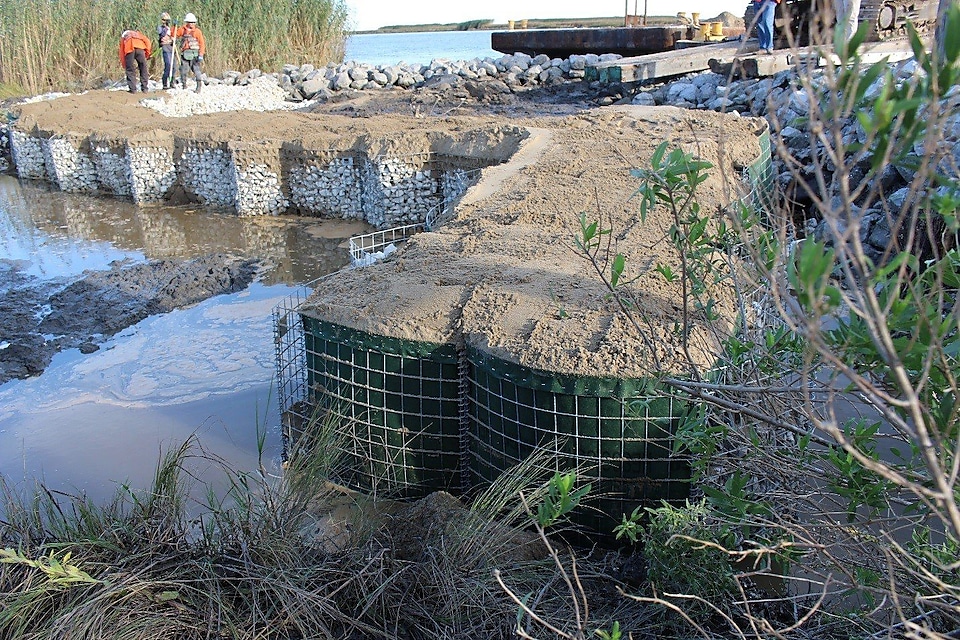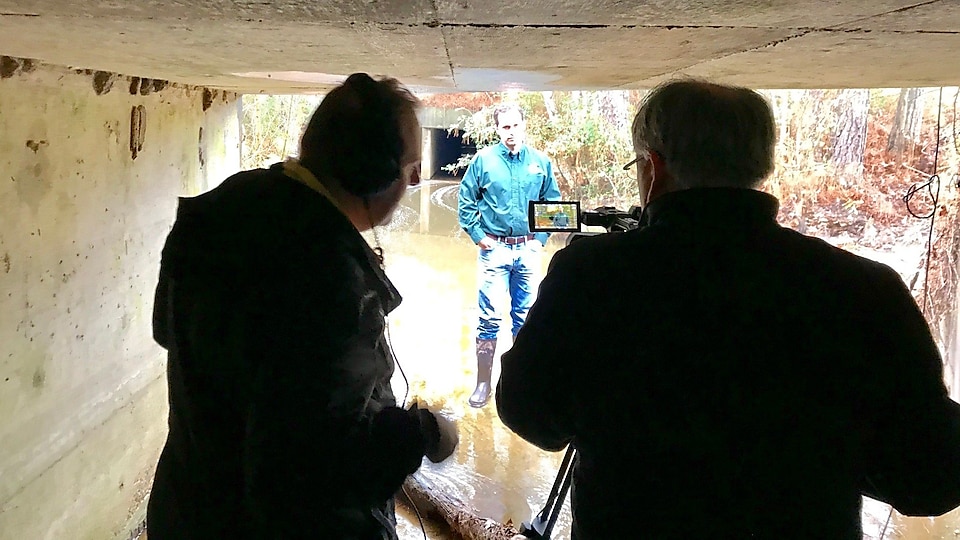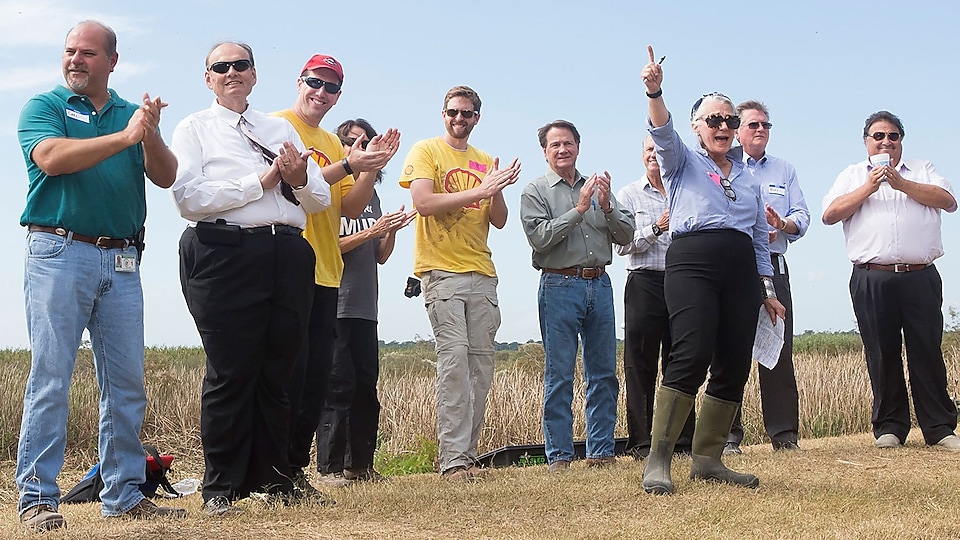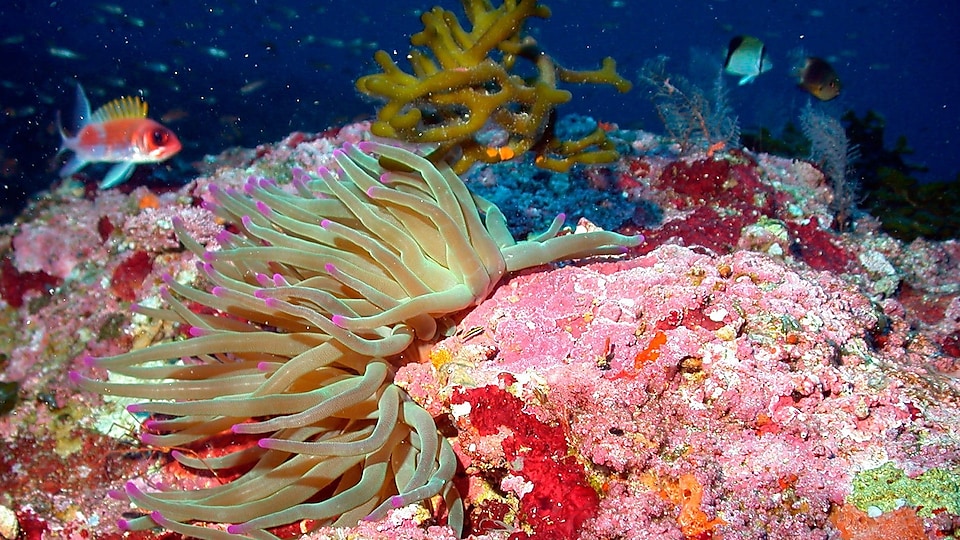
A Natural Solution to a Complex Challenge for Shell Pipeline
Shell partners with CH2M for first natural infrastructure project in Louisiana.

The Ship Shoal Pipeline, a joint venture operated by Shell Pipeline Company, runs 31-miles to deliver on average 200,000 barrels of crude oil a day to Louisiana from deep-water assets in the Gulf of Mexico. This infrastructure represents a critical component of broader oil and gas interests in the region, and the local and national energy economy. A portion of the pipeline runs along the Blue Hammock Bayou on the Louisiana coast where, due to natural erosive forces, the pipeline faces many challenges.
“The issues of a changing landscape facing Ship Shoal Pipeline range from integrity to maintenance costs, as well as increasing marine traffic raising the potential for incidents along the pipeline right-of-way,” said Donnie Garrison, Senior Operations Supervisor for Shell. “The solutions to these challenges weren’t evident at first.”
Shell initially collaborated with The Nature Conservancy to consider and design non-traditional approaches that would benefit the infrastructure as well as the coastal ecosystem. CH2M was brought on board, and what began as a notion to protect pipelines while simultaneously restoring coastal habitats turned into a long-term, sustainable and visually appealing solution. The pilot project began by conducting an analysis on the coastal environment. The next step involved designing and installing vegetation and sediment-filled erosion baskets, and coir logs filled with rock and coconut fibers, as well as sediment compaction and revegetation with robust clonal species adapted to depth and energy forces.
Working closely with local scientists and coastal engineers, ongoing monitoring and assessment of the Blue Hammock Bayou is being conducted. Early findings indicate that the natural infrastructure approach is already performing beyond expectations, with strong plant growth and accumulation— rather than erosion—of sediments. The sustainable solution is protective of the pipeline, has helped stabilize the marsh, and has greatly enhanced the natural habitat. The project, completed in October of 2015, is now a resilient and thriving ecological asset.
These findings and the benefits of the pilot project were presented at the Shell Conversation Partnership Summit earlier this year. "Applying a natural infrastructure approach to this project is not only a win for Shell, but a win for the environment," said Geoffrey Gauthier, Shell Pipeline Company Operations Manager for the Offshore Gulf of Mexico Region. "It's through innovative solutions to challenging situations like this that will allow Shell to make a positive impact on the coast where we live, work and play."
The data collected from the analyses are being compiled to identify lessons learned and best practices for use in future design and implementation solutions for other oil and gas infrastructure. The Blue Hammock Bayou natural infrastructure project can now become a model for balancing coastal infrastructure integrity and an evolving natural environment today and for generations to come.
Inside Shell’s Environmental Stewardship
Partnerships in Conservation Educational Video Library
Shell teams up with the National Fish and Wildlife Foundation to protect iconic American wildlife and habitats.
Environmental Stewardship
For Shell, sustainability means providing essential energy for a growing population in a responsible way.
Conservation Activities
Over the past 100 years, Shell has continued to help preserve and protect our communities through conservation projects and initiatives.


